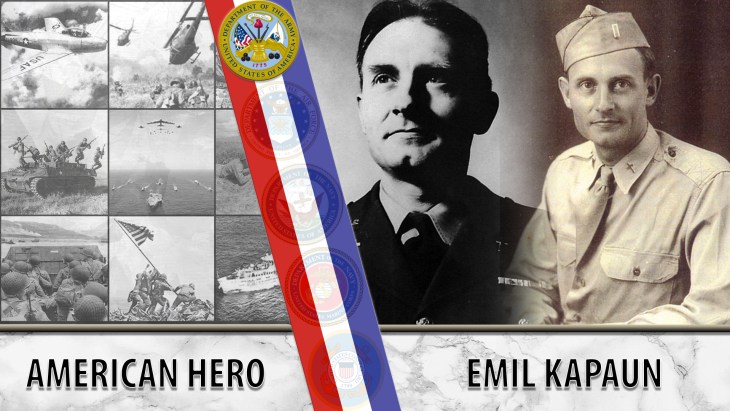
Emil Joseph Kapaun served in WWII and the Korean War as an Army Captain and Catholic priest. During the Korean War, he was captured and died as a prisoner of war.
Originally serving as an auxiliary chaplain at Herington Air Base, Kansas, Emil Kapaun was compelled to join the United States Army in 1944 to act as a faith-based leader. He was sent to the China-Burma-India theater and served from April 1945 until April 1946. Kapaun traveled thousands of miles each month by Jeep to celebrate Catholic Mass with soldiers and to meet with missionary priests and sisters in each area.
Kapaun was formally released from service in May 1946. He then used the G.I. Bill to earn a master’s degree in education from Catholic University of America in Washington, D.C. However, still wishing to serve, Kapaun rejoined the Chaplain Corps in 1948 and served at Fort Bliss, Texas. Then, when the Korean War broke out, he deployed to South Korea in July 1950 with the 3rd Battalion, 8th Cavalry Regiment, 1st Cavalry Division.
In the fall, Kapaun’s life would forever change. In one fierce battle, 3rd battalion succeeded in pushing back enemy insurgents, but they soon found themselves surrounded. The unit was forced to evacuate before the Chinese could block escape routes. Seeing that the injured could not evacuate, Kapaun stayed behind, knowing that he would most likely be captured or killed. He thus continued to make his rounds to help the injured. During one of his rounds, Kapaun saw an injured Chinese officer and begged the officer to negotiate a safe surrender to spare those left behind. His pleading worked, and the men were spared. Kapaun, however, was led away by Chinese soldiers.
Traveling from village to village with little food and rest, Kapaun and some of his men soon found themselves at a prisoner of war (POW) camp in Pyoktong County, North Korea. For the next few months, he remained an active leader and continued to inspire faith in his fellow captured soldiers. He also risked his life multiple times to sneak around the camp, steal food for the others and tend to the sick.
Army Capt. Joseph O’Connor, a fellow POW at the same camp, remarked in an interview that Kapaun brought “the best food we had” and that “he always used to say a prayer to St. Dismas [the penitent thief] before he went out scrounging. Once, he came back with a sack of potatoes. How he got it I’ll never know – it must have weighed 100 pounds.”
Although punished by his captors on several occasions, Kapaun still resisted his captors and rejected every theory that the mandatory re-education program of the camp forced upon him.
By spring 1951, the horrible conditions of the camp had taken their toll. Kapaun was severely malnourished and transferred to a hospital whose conditions were worse than the camp. On May 23, 1951, Kapaun died alone in the hospital. He was 35.
In August 1951, Kapaun was honored with the Distinguished Service Cross, the nation’s second highest medal for valor for his actions on Nov. 1 and 2, 1950. He also received the Bronze Star Medal for his actions on Aug. 2, 1950, in South Korea, where he saved a wounded soldier despite facing heavy machine gun fire. However, for the next few decades, Kapaun’s comrades lobbied for his Distinguished Service Cross to be upgraded to the Medal of Honor. In 2013, President Barack Obama awarded Kapaun with the Medal of Honor for his actions at the Battle of Unsan, which was received by the chaplain’s nephew, Ray Kapaun.
In his speech, President Obama said:
“[Kapaun was] an American soldier who didn’t fire a gun but who wielded the mightiest weapon of all – the love for his brothers – so pure that he was willing to die so they might live.”
In March 2021, Kapaun’s remains were identified by the National Memorial Cemetery of the Pacific in Hawaii. Due to the U.S. Defense POW/Missing in Action (MIA) Accounting Agency’s scientific work, his remains have been accounted for and returned to his family. Upon arrival in his hometown, a funeral and burial were held.
We honor his service.
Writer: Elizabeth Jefimova
Editors: Julia Pack, Katherine Berman, Kimberly Kassis
Fact Checker: Carl Wesseln
Graphic Designer: Katie Rahill
Topics in this story
More Stories
Bernie Webber led one of the greatest Coast Guard rescues in history that was later chronicled in the book and movie, “The Finest Hours.”
As the events of 9/11 unfolded, Marine Veteran Robert Darling served as a liaison between the Pentagon and Vice President Dick Cheney in the underground bunker at the White House.
NASA astronaut Neil Armstrong was the first person to walk on the moon. He was also a seasoned Naval aviator.

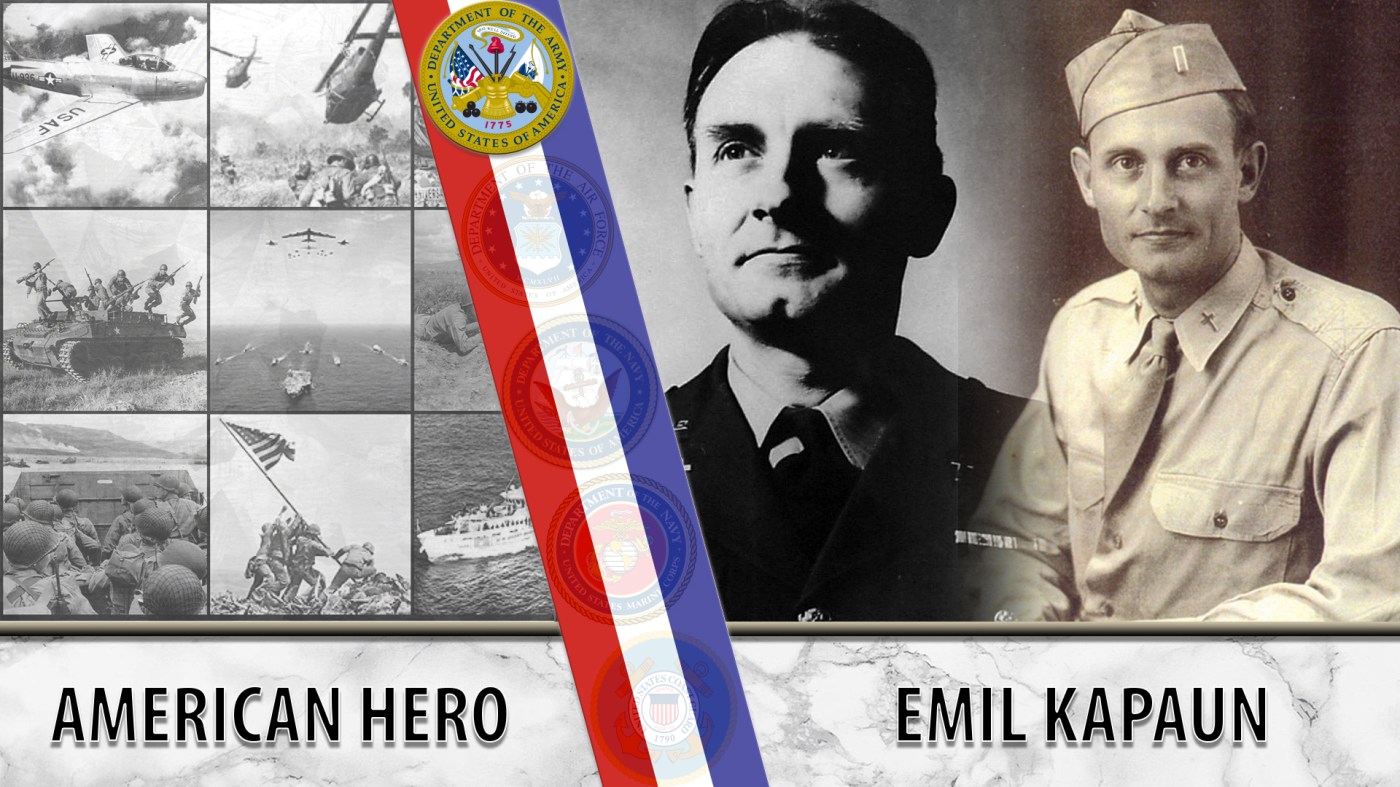
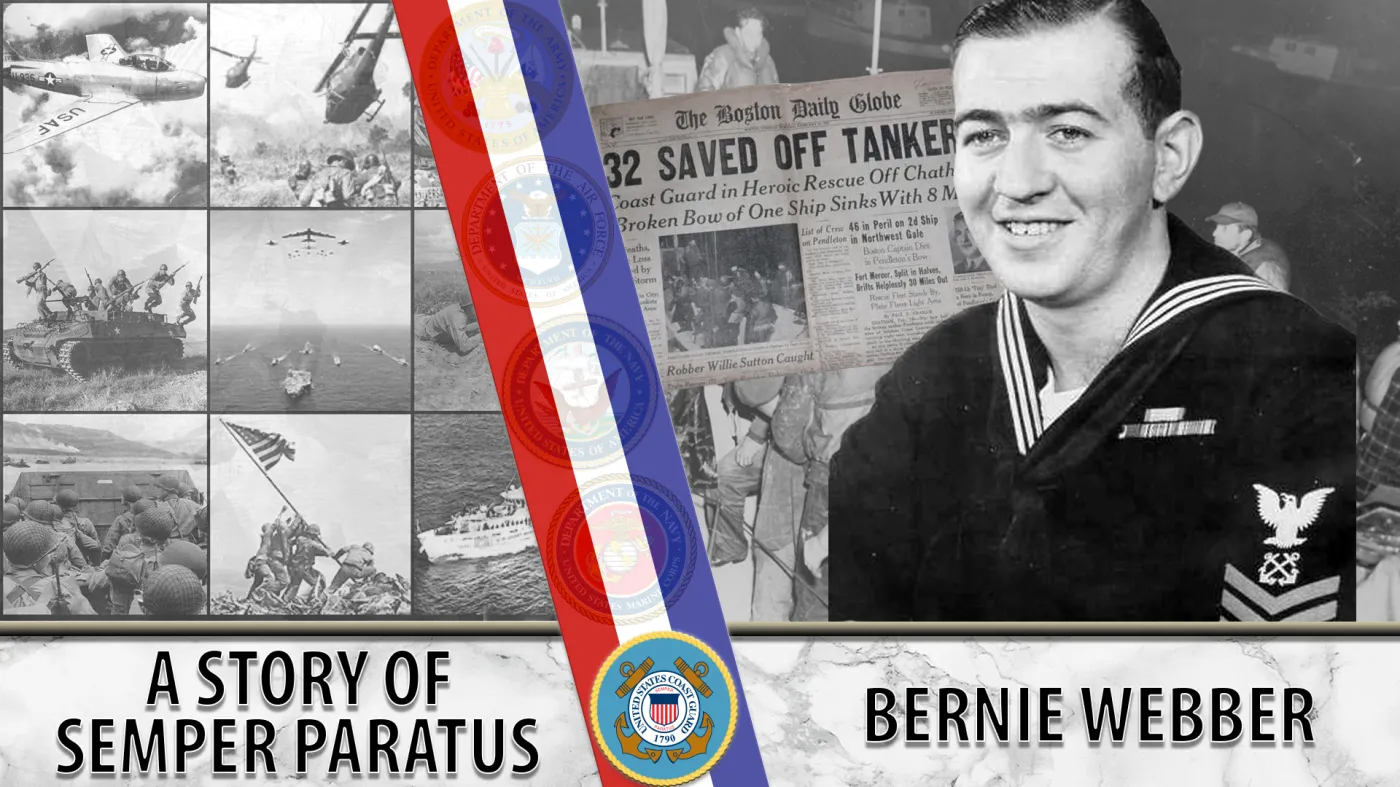
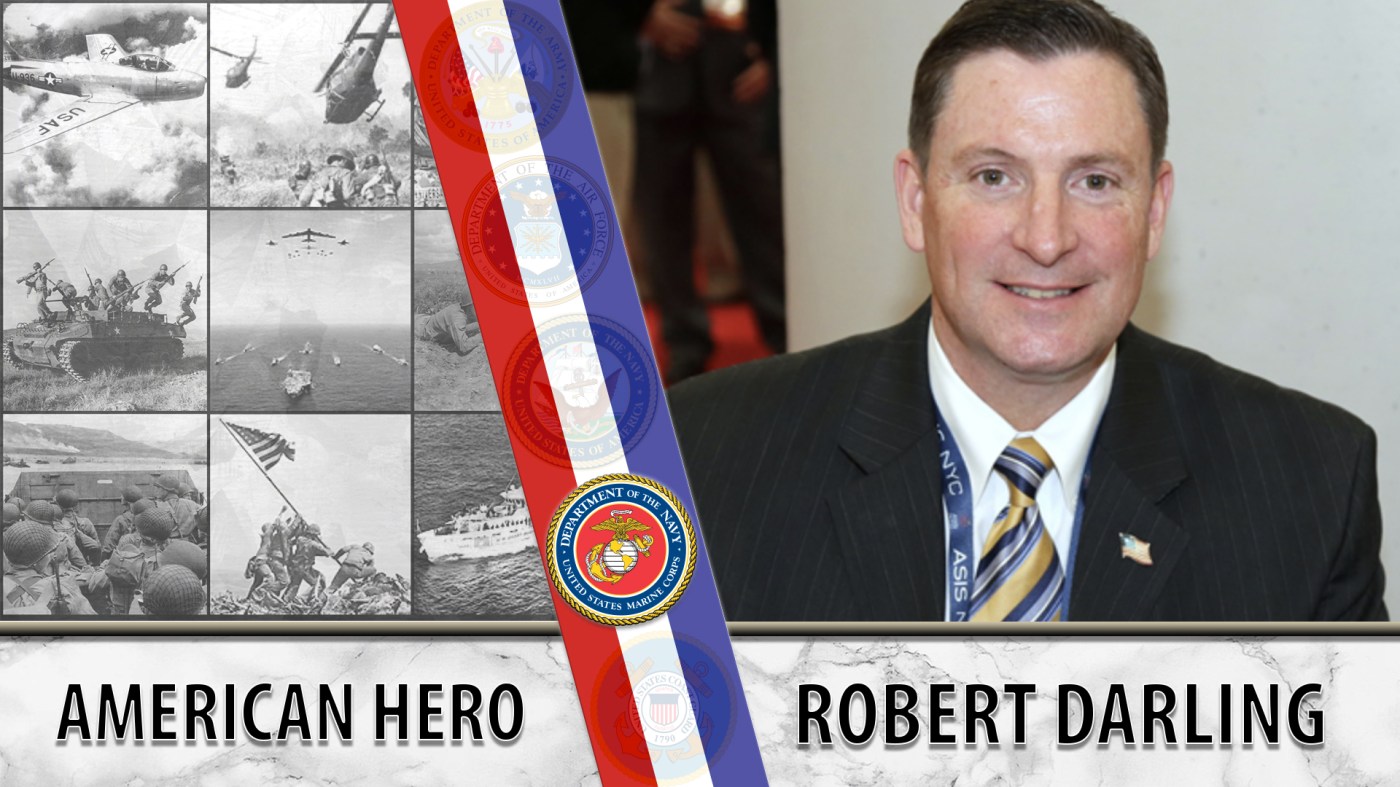
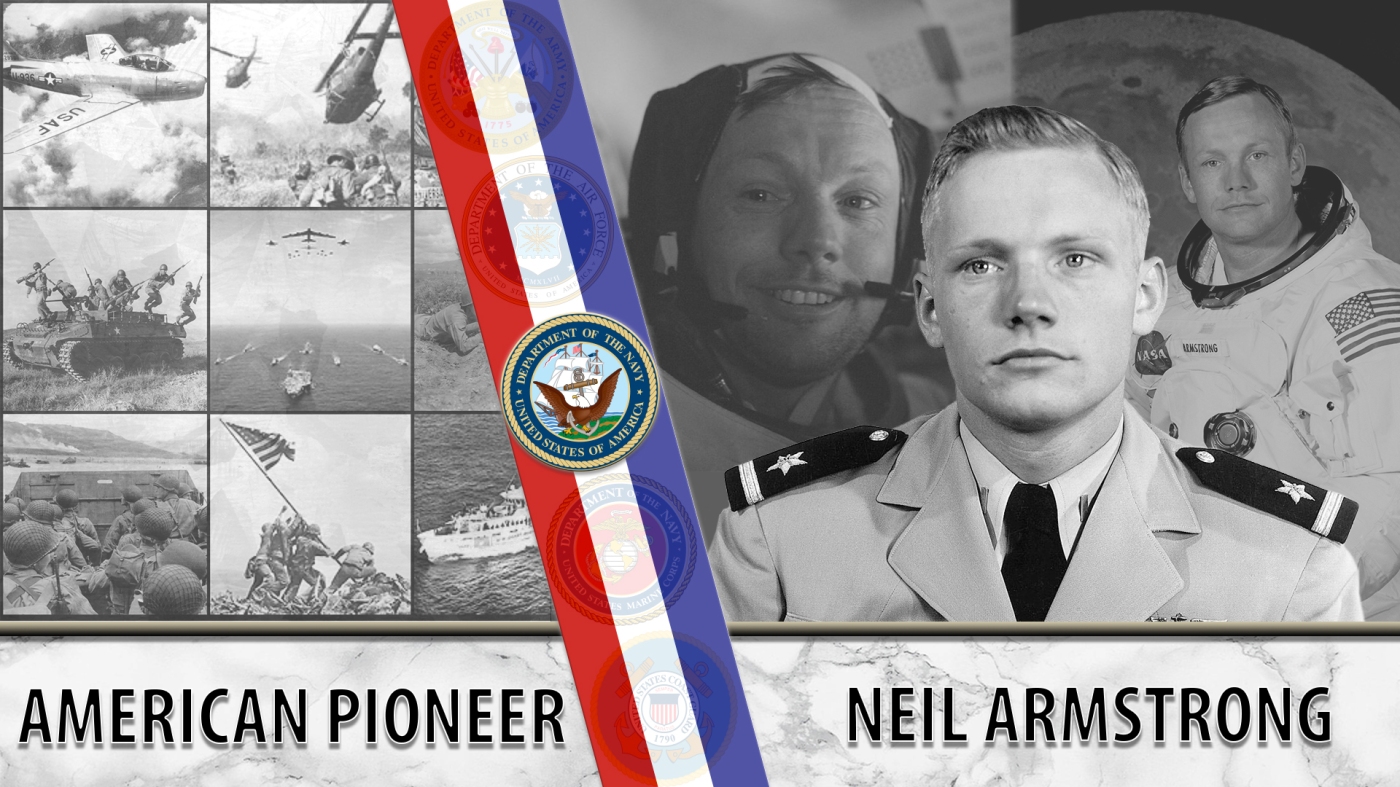


This is the best article I have seen about Fr. Kapaun.
I have seen Kapaun Chapel at Kapaun Air Station in Germany.
It may appear confusing, but Kapaun Air Station is among a mixture of Army and Air Force installations in the greater Ramstein – Vogelweh area near Kaiserslautern, Germany.
I graduated from Fr Kapaun High School Wichita Kansas 5-1960.
Retired USN .